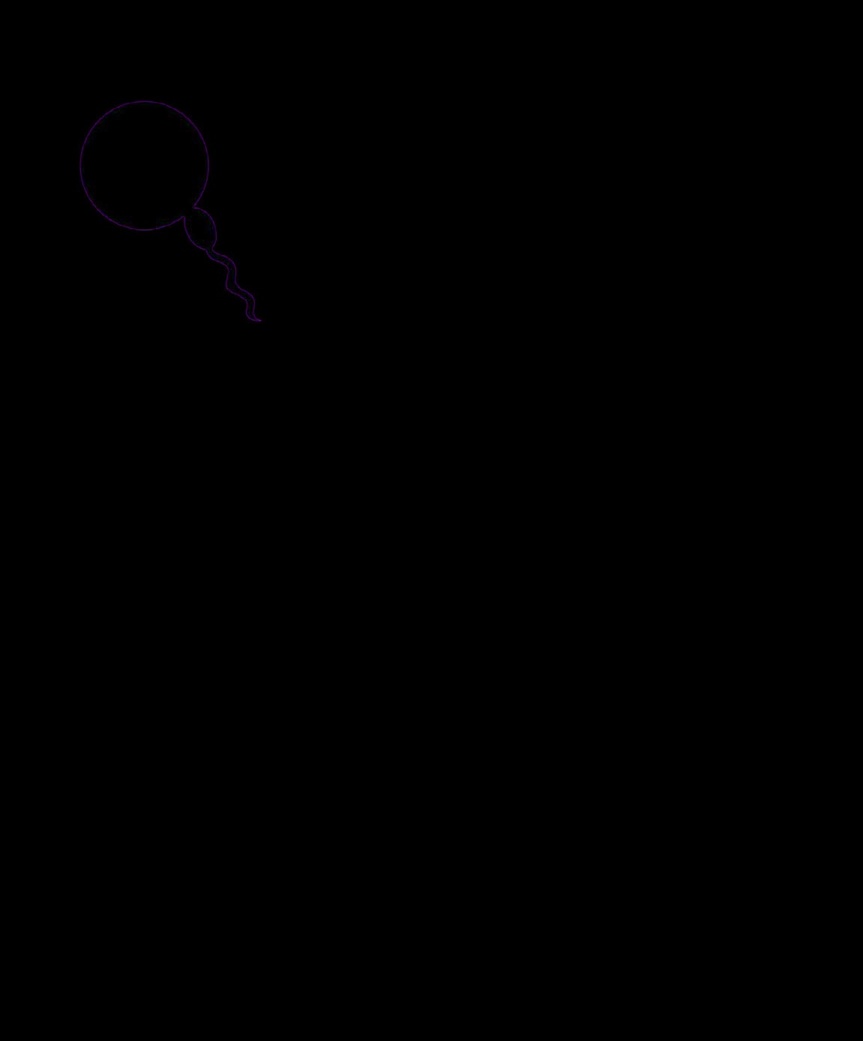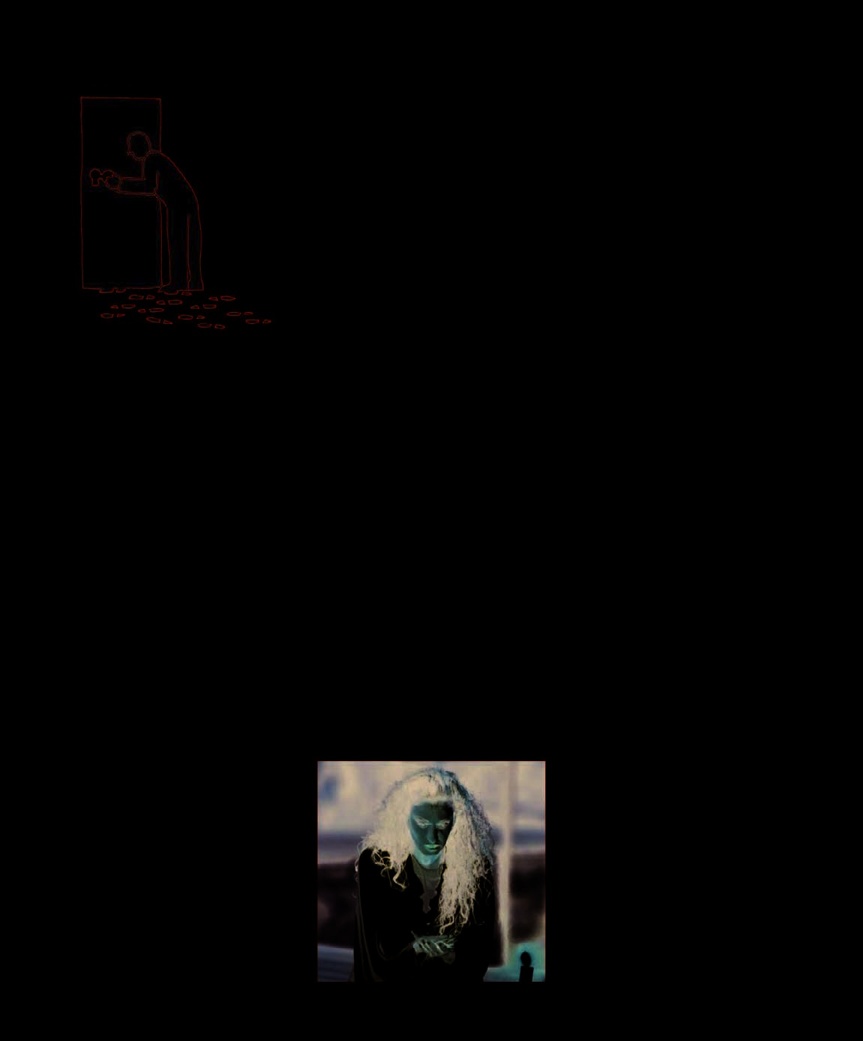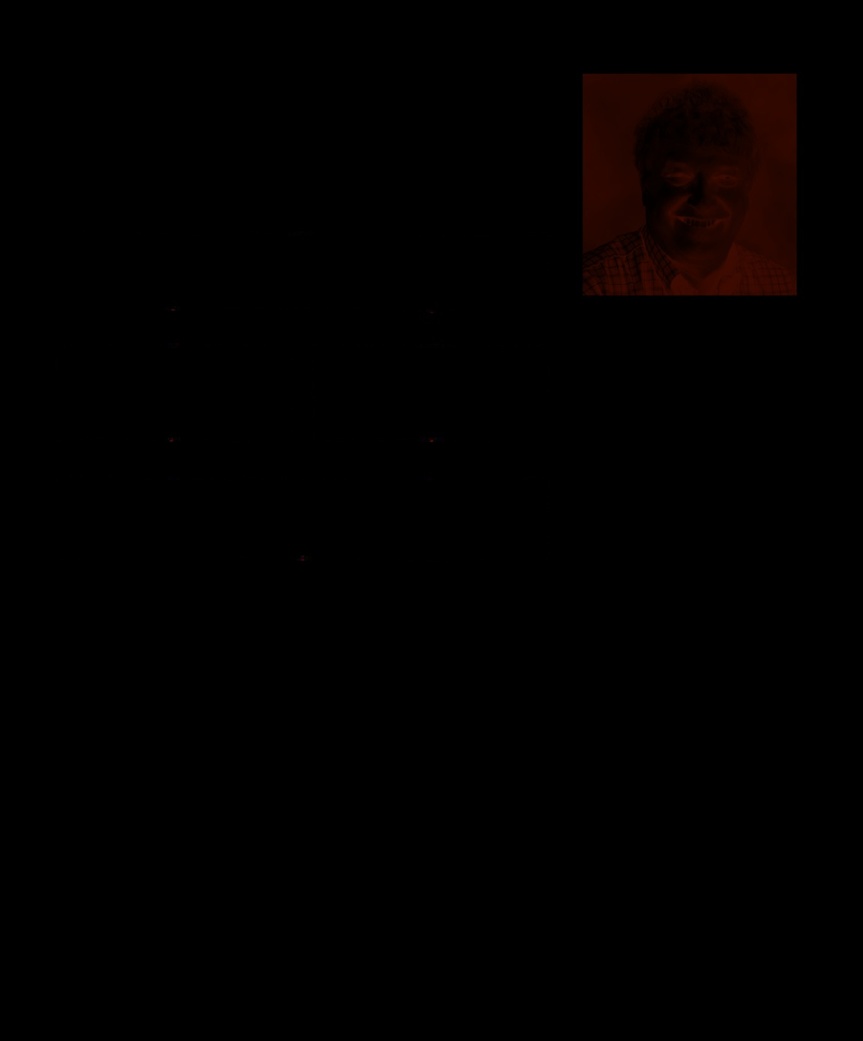The Psychology Book (66 page)
Read The Psychology Book Online
Authors: Unknown

210
ONE IS NOT
ONE
JON KABA ’
T- S
ZI T
NN (194 H
4– ) OUGH
TS
IN CONTEXT
APPROACH
F
ollowing World War II, there Based Stress Reduction (MBSR),
was an increased interest
which integrates meditation into
in Eastern philosophies
the framework of cognitive therapy.
throughout Europe and the US,
Mindfulness meditation
bringing ideas such as meditation
Practicing mindfulness
BEFORE
into mainstream culture. The
Central to Kabat-Zinn’s approach
medical benefits of meditation
is “mindfulness.” In this form of
c.500 BCE
Siddhartha
attracted the interest of American
meditation, the object is to observe
Gautama (the Buddha)
biologist and psychologist Jon Kabat-
thoughts and mental processes (as
includes right mindfulness
Zinn, who went on to pioneer an
well as body or physical processes)
as the seventh step of the
approach known as Mindfulness-
in a detached, decentered, and
Eightfold Path to end suffering.
nonjudgemental way; “to stay in the
1960s
Vietnamese Buddhist
body, and to watch what’s going on
monk Thich Nhat Hanh
in the mind, learning neither to reject
popularizes mindful
things nor to pursue things, but
meditation in the US.
just to let them be and let them go.”
In mindfulness meditation, we
AFTER
learn to observe thought processes
1990s
Mindfulness-Based
calmly, without identifying with
Cognitive Therapy (MBCT)
them, and realize that our minds
is developed by Zindel Segal,
have a life of their own. A thought
Mark Williams, and John
of failure, for instance, is seen as
Teasdale for the treatment
simply an event in the mind, not as
of depression, and is based
a springboard to the conclusion “I
on Kabat-Zinn’s MBSR.
am a failure.” With practice we can
learn to see mind and body as one
1993
Dialectical Behavior
Buddhist meditation
has encouraged
thing: a “wholeness.” Each of us is
Therapy uses mindfulness
the practice of mindfulness for more than
more than just a body, says Kabat-
without meditation for people
2,000 years, but its mental and physical
Zinn, and more than the thoughts
too disturbed to achieve the
health benefits were not clinically tested
and proven until the early 1990s.
that go through our minds. ■
necessary state of mind.
See also:
Joseph Wolpe 86–87 ■ Fritz Perls 112–17 ■ Erich Fromm 124–29 ■
Aaron Beck 174–77 ■ Neal Miller 337 ■ John D. Teasdale 339

COGNITIVE PSYCHOLOGY 211
THE FEAR IS THAT
BIOLOGY WILL
DEBUNK ALL THAT
WE HOLD SACRED
STEVEN PINKER (1954– )
IN CONTEXT
APPROACH
T
he debate over how much futile. The third fear is that if our
of our behavior is innate
behavior is determined by genes,
(inborn) and how much can
we can abdicate responsibility for
be attributed to our environment
our misdemeanors, and blame them
Evolutionary psychology
dates back thousands of years. Some
on our genetic make-up. The final
BEFORE
cognitive psychologists have claimed
fear, Pinker says, is the most
that not only do we inherit certain
fundamental. This is the fear that
1859
Biologist Charles Darwin
psychological characteristics they
if we accept that we are shaped by
says that emotion, perception,
are also subject to the same sort of
evolutionary psychology, our “finer
and cognition are evolutionary
natural selection as our physical
feelings”—our perceptions, motives,
adaptations.
characteristics. They point out that
and emotions—will be reduced to
1960s
Noam Chomsky claims
the mind is a product of the brain,
mere processes of our genetic
that the capacity for language
and the brain is shaped by genetics.
evolution, and so biology will
is an innate ability.
This new field of evolutionary
“debunk all that we hold sacred.” ■
psychology has met with strong
1969
John Bowlby argues that
opposition, but one of its champions
the attachment of newborn
is the Canadian psychologist Steven
babies to their mothers is
Pinker, who has identified four fears
genetically programmed.
that lie behind our reluctance to
1976
In
The Selfish Gene
,
accept evolutionary psychology
British biologist Richard
despite the empirical evidence. The
The Blank Slate…
Dawkins states that behavioral
first fear is one of inequality: if the
promised to make racism,
tendencies evolve through
mind is a “blank slate” when we
sexism, and class prejudice
interaction with others over a
are born, we are all born equal. But
factually untenable.
long period of time.
if we inherit mental traits, some
Steven Pinker
people have a natural advantage.
AFTER
The second fear is that if certain
2000
In
The Mating Mind
,
imperfections are innate, they are
American evolutionary
not susceptible to change, so social
psychologist Geoffrey Miller
reform to help the disadvantaged is
says that human intelligence
is shaped by sexual selection.
See also:
Francis Galton 28–29 ■ Konrad Lorenz 77 ■ Roger Brown 237 ■
John Bowlby 274–77 ■ Noam Chomsky 294–97

212
COMPULSIVE BEHAVIOR
RITUALS ARE ATTEMPTS
TO CONTROL INTRUSIVE
THOUGHTS
PAUL SALKOVSKIS (1950S– )
trauma, Salkovskis explained
IN CONTEXT
the problem in terms of cognitive
psychology, and offered a cognitive
APPROACH
T
he second half of the 20th
century saw a profound
change in clinical
psychology. Psychoanalysis was
and behavioral treatment.
Cognitive behavioral
seen by many psychologists as less
therapy
than scientific, and by the 1960s it
Obsessive thoughts
was replaced as the treatment for
BEFORE
Salkovskis suggests that obsessive-
some disorders by behaviorist
1950s
Joseph Wolpe applies
compulsive disorder has its basis in
therapies, or the newer cognitive
behaviorist ideas to clinical
the sort of unwelcome and intrusive
therapy developed by Aaron Beck.
psychology in techniques such
thoughts that we all have from time
Combinations of these approaches,
as systematic desensitization.
to time—the idea that something
under the umbrella term cognitive
terrible is about to happen, or that
1952
Behavior and personality
behavioral therapy (CBT), evolved in
we will suffer or cause some awful
theorist Hans J. Eysenck
the 1980s, pioneered in Britain by
misfortune. Most of the time, we
causes controversy with
Paul Salkovskis. CBT, he found, was
can put these thoughts out of our
claims that psychotherapy has
especially successful in treating
minds and carry on with life, but
no beneficial effect.
obsessive-compulsive disorder
sometimes they are more difficult
(OCD); where psychoanalysis had
to shake off. At the extreme end of
1955
Albert Ellis offers an
failed to find a root cause for the
the scale, the thoughts become
alternative to traditional
disorder in repression or past
obsessive and bring with them a
psychotherapy with his
feeling of dread and responsibility.
Rational Emotive Behavior
People predisposed to these kinds
Therapy (REBT).
of obsessive thoughts find it
1960s
Aaron Beck questions
difficult to make a rational
whether psychoanalytical
appraisal of their importance,
therapy is effective; he goes on
and overestimate not only any
to develop cognitive therapy.
risk of harm, but also the amount
of control they have to prevent it.
AFTER
2000s
Cognitive behavioral
Compulsive activities
such as
therapy becomes a standard
repeated hand washing may be an
treatment for anxiety, panic
attempt to control intrusive thoughts.
attacks, and other disorders.
Shakespeare’s Lady Macbeth is driven
by guilt to continually wash her hands.

COGNITIVE PSYCHOLOGY 213
See also:
Joseph Wolpe 86–87 ■ Fritz Perls 112–17 ■ Albert Ellis 142–45 ■
Aaron Beck 174–77
We all have unwelcome
intrusive thoughts
.
But some people have trouble shaking them off, and the
thoughts become
over-important and obsessional
.
Paul Salkovskis
A graduate of the Institute
of Psychiatry, London in 1979,
They feel
responsible
They overestimate the
threat
Paul Salkovskis took up a post
for any harm implied by
posed by these thoughts.
at the University of Oxford
these intrusive thoughts.
in 1985 to research panic
disorders. His interest in the
application of cognitive theory
to anxiety disorders led to
his appointment as a Senior
Fellow and later as Professor
They therefore feel compelled to take action to counter
of Cognitive Psychology.
the threats and control the thoughts.
While at Oxford, the
emphasis of his work moved
to the treatment of obsessive-
compulsive disorder using
cognitive behavioral therapy.
Compulsive behavior rituals are
In 2000, he became Professor
of Clinical Psychology and
attempts to control intrusive thoughts.
